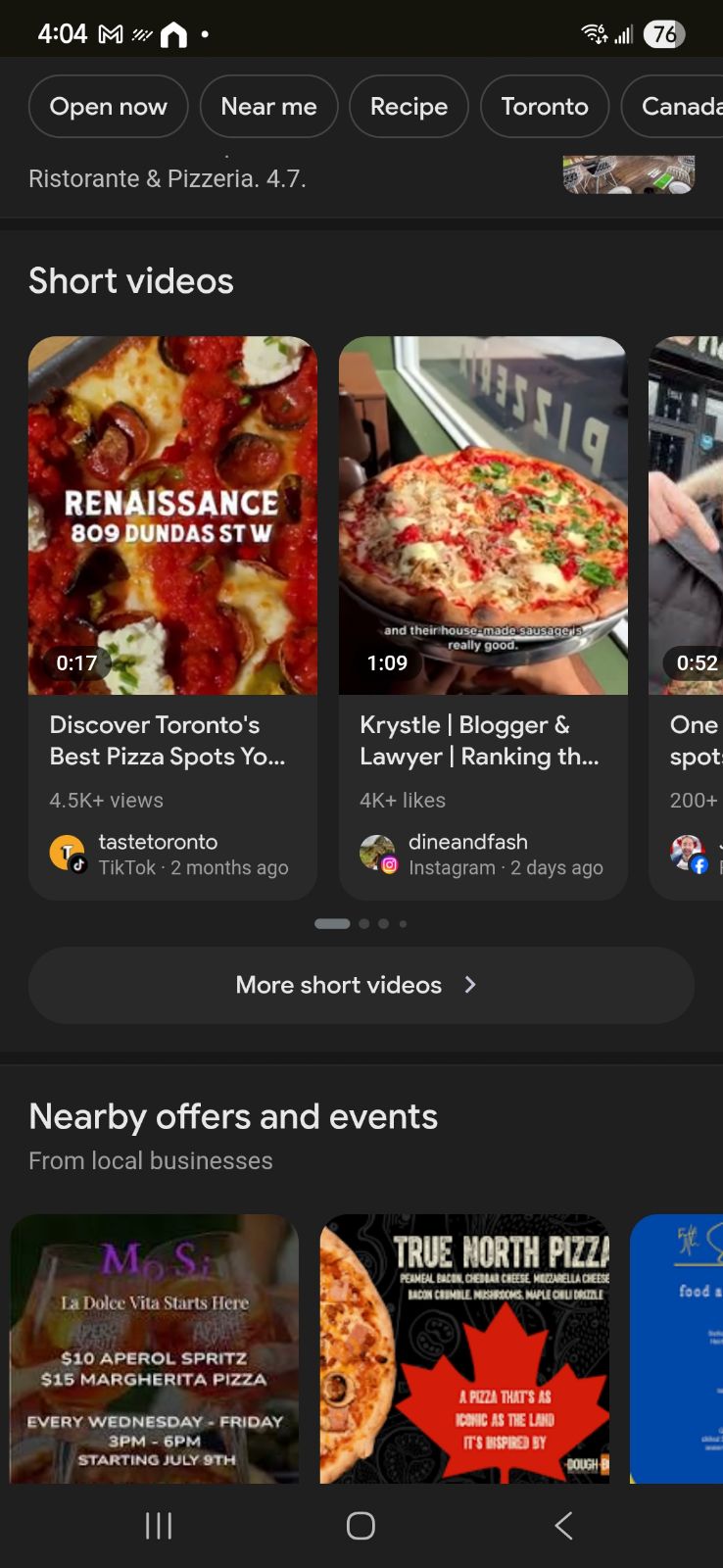If you’re a business owner, content creator, or marketer watching the shifting tides of digital discoverability, there’s a new wave to catch. YouTube Shorts—those fast, vertical, attention-grabbing videos, are now officially part of Google’s search ecosystem. This isn’t just a quirky feature update. It’s a strategic pivot in how online visibility works, and it has major implications for how businesses in the United States and Canada should approach short-form video.
Let’s unpack what this means, what’s changed, and how you can act on it today to get ahead.
Shorts are not just for entertainment anymore
Until recently, YouTube Shorts were largely a branding or engagement tool. Short bursts of personality, humor, or how-to tips could help brands connect with audiences and build followings. But now, they’re becoming indexable, searchable, and discoverable content assets, similar to blog posts or landing pages.
Google is integrating Shorts into its broader search experience. That means optimized Shorts can show up in search results on Google itself, not just on YouTube. This elevates the value of Shorts from social content to strategic content.
Google Lens makes Shorts even more powerful
A major part of this evolution is the rollout of Google Lens within YouTube Shorts. Users can now pause a Short, tap the Lens icon, and search what they see in the video, products, locations, text, faces, and more.
This visual-first experience lets people discover your brand not by what they type, but by what they see. If your brand, logo, product, or store sign appears in a Short, it becomes part of the searchable internet.
And that changes everything about how you think about short video.
Why this shift matters for your digital strategy
In a mobile-first world, where most users begin their search journey on smartphones and apps, being visible in Shorts is being visible where your audience already lives. This is especially critical for small and medium-sized businesses trying to compete without huge budgets.
Shorts now act as entry points to your business. Think of them like SEO-enhanced billboards that live inside search results. This expands your digital footprint beyond traditional content formats.
Here are three reasons you should care:
1. Shorts are SEO assets now, not just video content
Optimized titles, relevant hashtags, and keyword-enriched captions can now help your Shorts appear in Google search. Instead of relying only on long-form videos or blogs, your short videos can drive organic discovery.
2. Visual search is rising fast
Google Lens is shaping how younger, mobile-first users find information. If you showcase a product, space, or person clearly, it becomes searchable—instantly connecting viewers to your brand.
3. This favors the agile and creative
Unlike traditional SEO, which often requires time and heavy lifting, Shorts give small businesses a fast way to test what resonates. Smart visual storytelling can outperform polished web copy if it’s quick, clear, and visually engaging.
How to make your Shorts work for Google Search
The good news is, you don’t need a full production studio to get started. But you do need a plan. Here’s how to optimize your Shorts for search:
1. Focus on SEO titles and captions
Use titles that contain search-friendly keywords. Make sure your caption reinforces those terms naturally and concisely.
2. Add clear, legible on-screen text
Use overlays to highlight keywords, product names, or locations. Google Lens can read and translate this text, expanding your reach.
3. Prioritize visual clarity
Make sure your product or service is easy to recognize. Avoid chaotic backgrounds or tiny visuals. Think about how your frame will look if paused for search.
4. Hook early
Engage viewers in the first 2 seconds. High engagement rates improve ranking and make your video more discoverable.
5. Publish consistently and topically
Frequency and relevance matter. Post regularly about what your audience is searching for. Tie content to seasons, local events, or trending topics.
Strategic example: how this looks in practice
Imagine a local bakery in Vancouver that posts a Short of their fresh sourdough being sliced open. The title reads, “Vancouver’s Best Sourdough Bread,” with on-screen text that says “Fresh Daily in Kitsilano.” Now imagine a viewer tapping Google Lens on that video, searching the visual, and being directed to your location, menu, or website, all without typing anything.
That’s the future we’re in. Shorts can drive not just views, but foot traffic and revenue.
Where this is going
This is not a gimmick. Google’s deeper integration of visual search and short-form content signals a long-term trend. As AI gets better at parsing video and visuals, businesses that build searchable, visual-first content will dominate local and niche search markets.
Treat every Short like an SEO asset. Craft it with the same care you’d give a landing page or a paid ad.
Final thought
We’re entering a phase where discoverability isn’t just about what people search—it’s about what they see. Google and YouTube are betting big on Shorts as a primary mode of discovery. If your business hasn’t adapted, now is the moment.
Start with one Short. Optimize the title. Add relevant overlays. Focus your camera. Then repeat.
In the search-driven, mobile-first economy, the best billboard for your brand might just be 15 seconds long and vertical.





